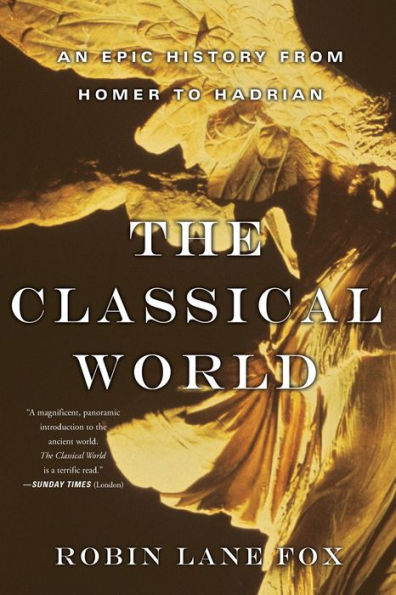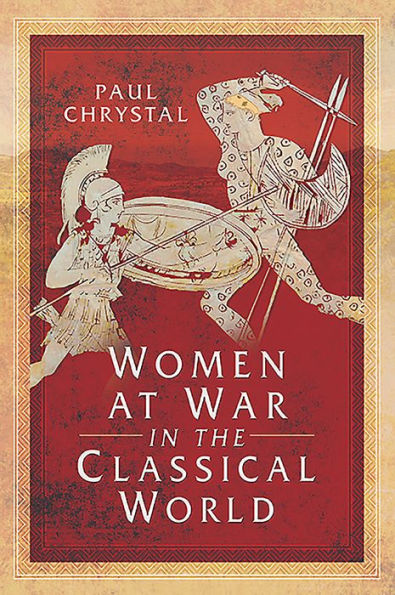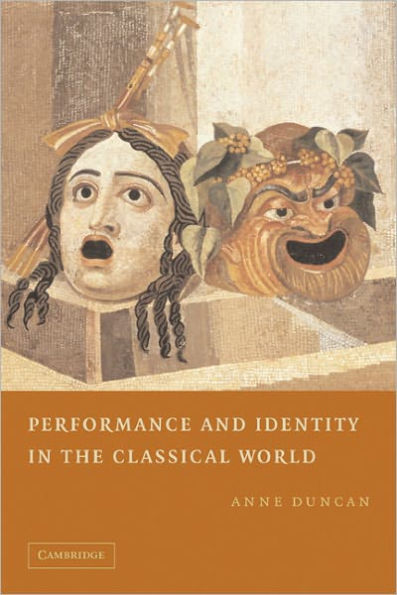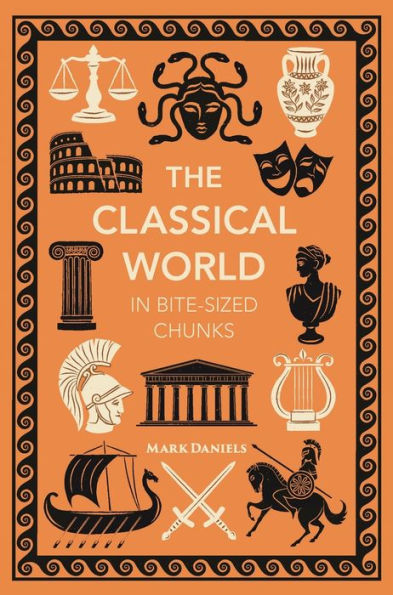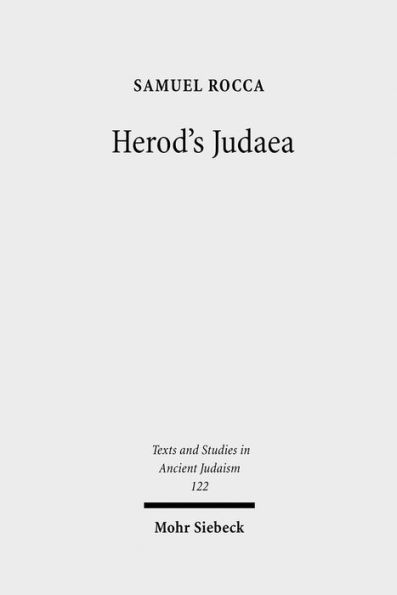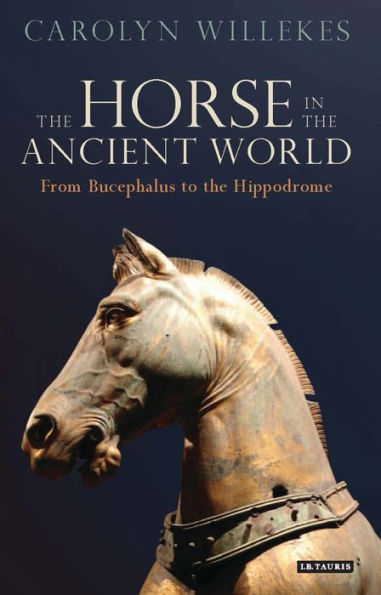Home
Understanding Ancient Battle: Combat the Classical World from Unit Commander's Perspective
Barnes and Noble
Understanding Ancient Battle: Combat the Classical World from Unit Commander's Perspective
Current price: $34.95
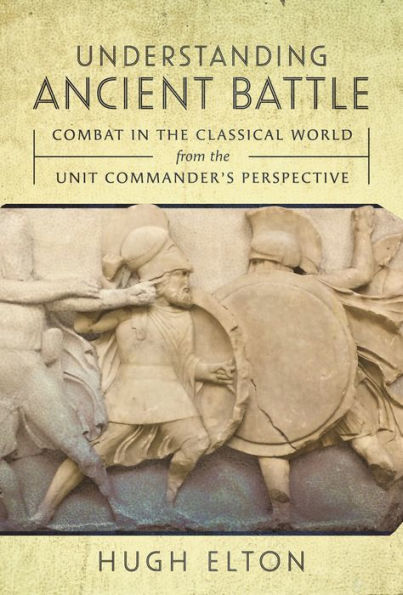

Barnes and Noble
Understanding Ancient Battle: Combat the Classical World from Unit Commander's Perspective
Current price: $34.95
Size: Hardcover
Loading Inventory...
*Product information may vary - to confirm product availability, pricing, shipping and return information please contact Barnes and Noble
Uncover the intricacies of ancient warfare from unit commanders' perspectives, with an overview of equipment, tactics, formations, and leadership through detailed case studies, accompanied by expert analysis and illustrations.
Traditional military history of battles focussed on the strategies of great leaders, though in modern times many scholars have discussed the ‘face of battle’, describing the personal experience of the ordinary soldier. But in between, there still lies a major gap in our understanding of ancient combat: the officer’s battle. This focuses on how units actually fought and manoeuvred in battle. Hugh Elton seeks to redress this through analysis of the interaction of equipment, morale, leadership, and terrain.
After discussing source material and the general model of warfare the author follows, this book outlines by major periods what we know of equipment, organization and tactics, then shows how battle worked in a series of case studies including include Marathon, Issus, Cannae, Cynoscephalae, Mons Graupius, and Adrianople. A total of twenty-four battles are analyzed between the fifth-century BCE and the sixth century CE, covering the wars described by the great historians between Herodotus and Procopius, including accounts written by the soldiers Xenophon, Julius Caesar, and Ammianus Marcellinus.
Traditional military history of battles focussed on the strategies of great leaders, though in modern times many scholars have discussed the ‘face of battle’, describing the personal experience of the ordinary soldier. But in between, there still lies a major gap in our understanding of ancient combat: the officer’s battle. This focuses on how units actually fought and manoeuvred in battle. Hugh Elton seeks to redress this through analysis of the interaction of equipment, morale, leadership, and terrain.
After discussing source material and the general model of warfare the author follows, this book outlines by major periods what we know of equipment, organization and tactics, then shows how battle worked in a series of case studies including include Marathon, Issus, Cannae, Cynoscephalae, Mons Graupius, and Adrianople. A total of twenty-four battles are analyzed between the fifth-century BCE and the sixth century CE, covering the wars described by the great historians between Herodotus and Procopius, including accounts written by the soldiers Xenophon, Julius Caesar, and Ammianus Marcellinus.
